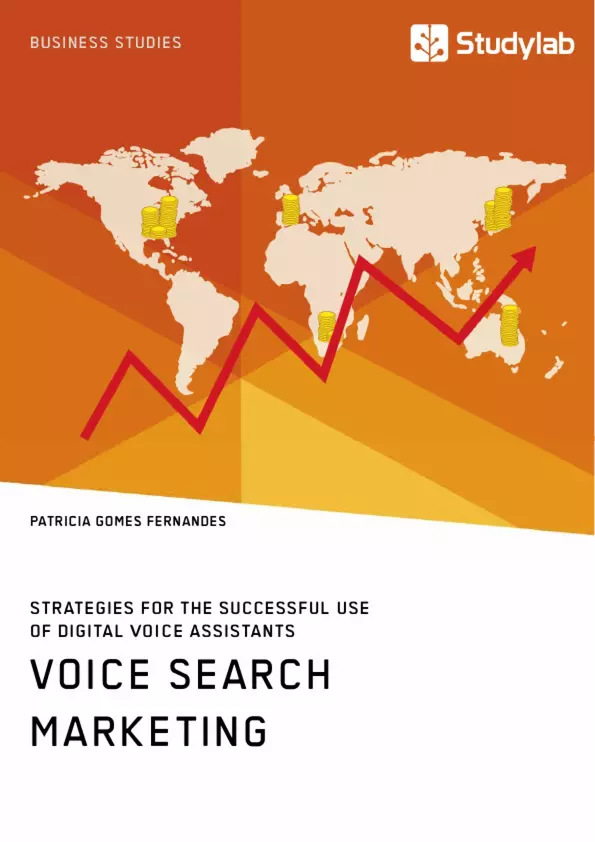The application of digital voice assistants has been spreading in the US since 2015. In Germany, about one third of the population between the ages of 17 and 69 used such a tool in 2017. This not only creates new opportunities but also new challenges for businesses as the results of a voice search often only deliver a single result.
How can businesses ensure the visibility of their product or brand regardless? According to Patricia Gomes Fernandes, dealers particularly fear that voice assistants don't play advertisements.
For this reason, she explains how businesses best use applications for digital voice assistants. She offers recommendations for producers and dealers and shows how they can have voice assistants like Alexa present their products.
In this publication:
- Online Marketing;
- Amazon;
- Advertising;
- Voice Search Marketing;
- Customer Journey
Inhaltsverzeichnis (Table of Contents)
- Introduction
- Problem definition
- Research goal
- Structure of the work
- Basics of marketing
- Meaning and tasks of marketing
- Goals of online marketing
- Inbound and outbound marketing
- Customer journey
- Agile marketing
- Online marketing tools
- Search Engine Optimization Challenges
- Search engine optimization at the core of online marketing
- Search engine optimization methods
- Future challenges in online search
- Voice technology and its impact on marketing
- Technological development of voice user interfaces
- Voice assistants and voice-controlled systems
- Two voice assistants in comparison: Alexa and Google
- Challenges and potentials of voice for marketing
- Opportunities for Voice Search Marketing
- Voice Search Marketing: Manufacturer recommendations
- Integration into the marketing concept
- Strategic partnerships
- Product development
- Final consideration
Zielsetzung und Themenschwerpunkte (Objectives and Key Themes)
This work sets out to provide manufacturers and product providers with recommendations for achieving their marketing goals in the age of digital voice assistants. The goal is to give vendors information on how they can ensure their products are mentioned by voice assistants such as Alexa. The sub-goals of this work are: to summarize the basics of marketing, to analyze and evaluate search engine optimization as an online marketing tool, to collect information about voice-controlled systems, and to develop recommendations for action to generate sales in the retail business in the context of voice search.
- The role of marketing in a future with voice-controlled user interfaces
- Search engine optimization as an online marketing tool in the future
- The effects of voice technology on marketing
- Generating sales in the retail business in the context of voice search
- The new online marketing discipline of Voice Search Marketing
Zusammenfassung der Kapitel (Chapter Summaries)
The first chapter provides an overview of the basics of marketing, including its tasks, goals, concepts, and instruments, highlighting the role of online marketing. The second chapter focuses on search engine optimization, exploring its challenges and methods, including on-page and off-page optimization. The third chapter delves into voice technology, examining its technological development, the popularity of voice assistants, and the challenges and potentials of voice for marketing.
Schlüsselwörter (Keywords)
Voice Search Marketing, Voice Engine Optimization, Voice Apps, digital voice assistants, Amazon Echo, Google Assistant, artificial intelligence, inbound marketing, outbound marketing, customer journey, content marketing, search engine optimization, online marketing.
- Citar trabajo
- Patricia Gomes Fernandes (Autor), 2019, Voice Search Marketing. Strategies for the successful use of digital voice assistants, Múnich, GRIN Verlag, https://www.grin.com/document/1012352



